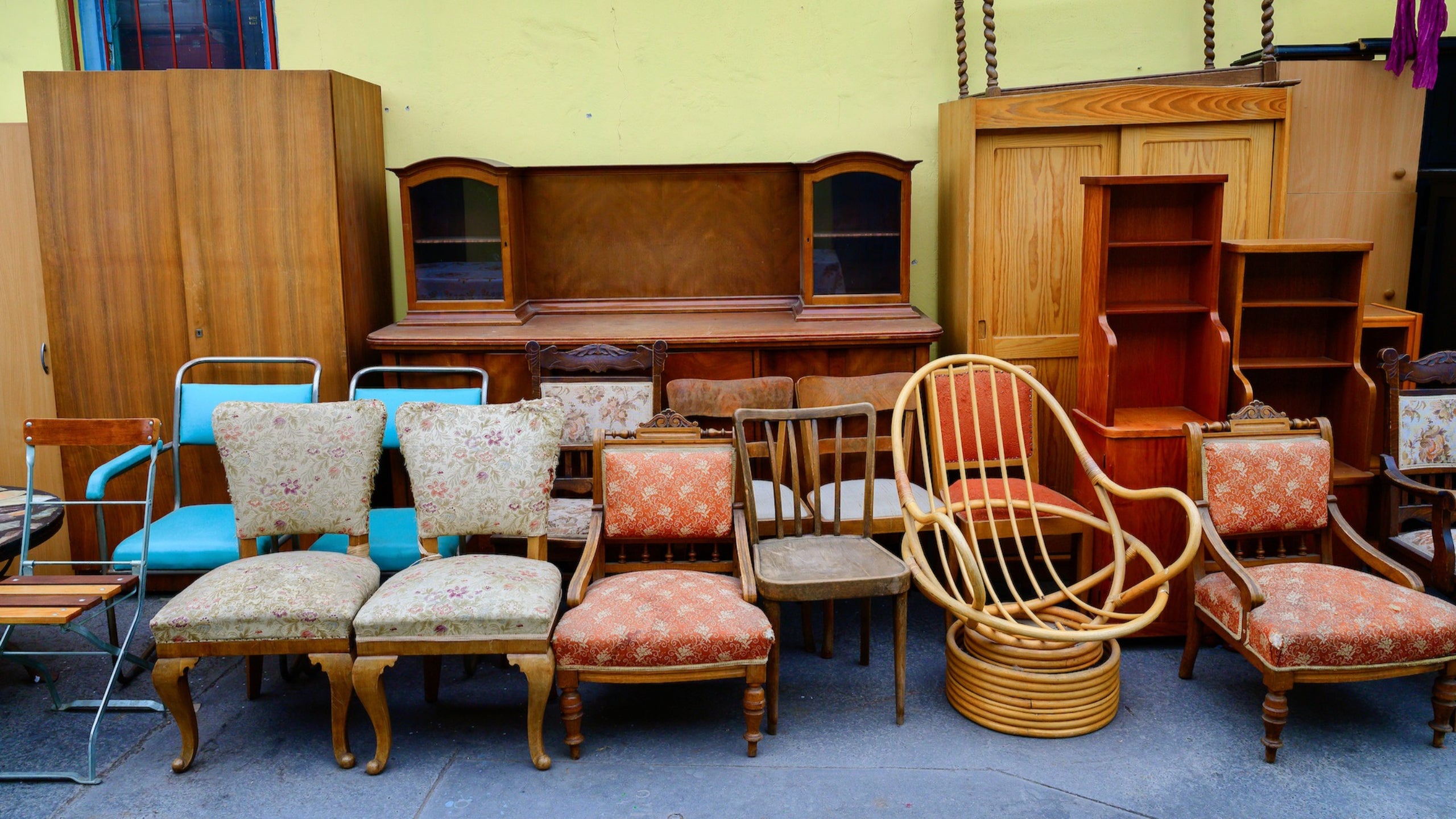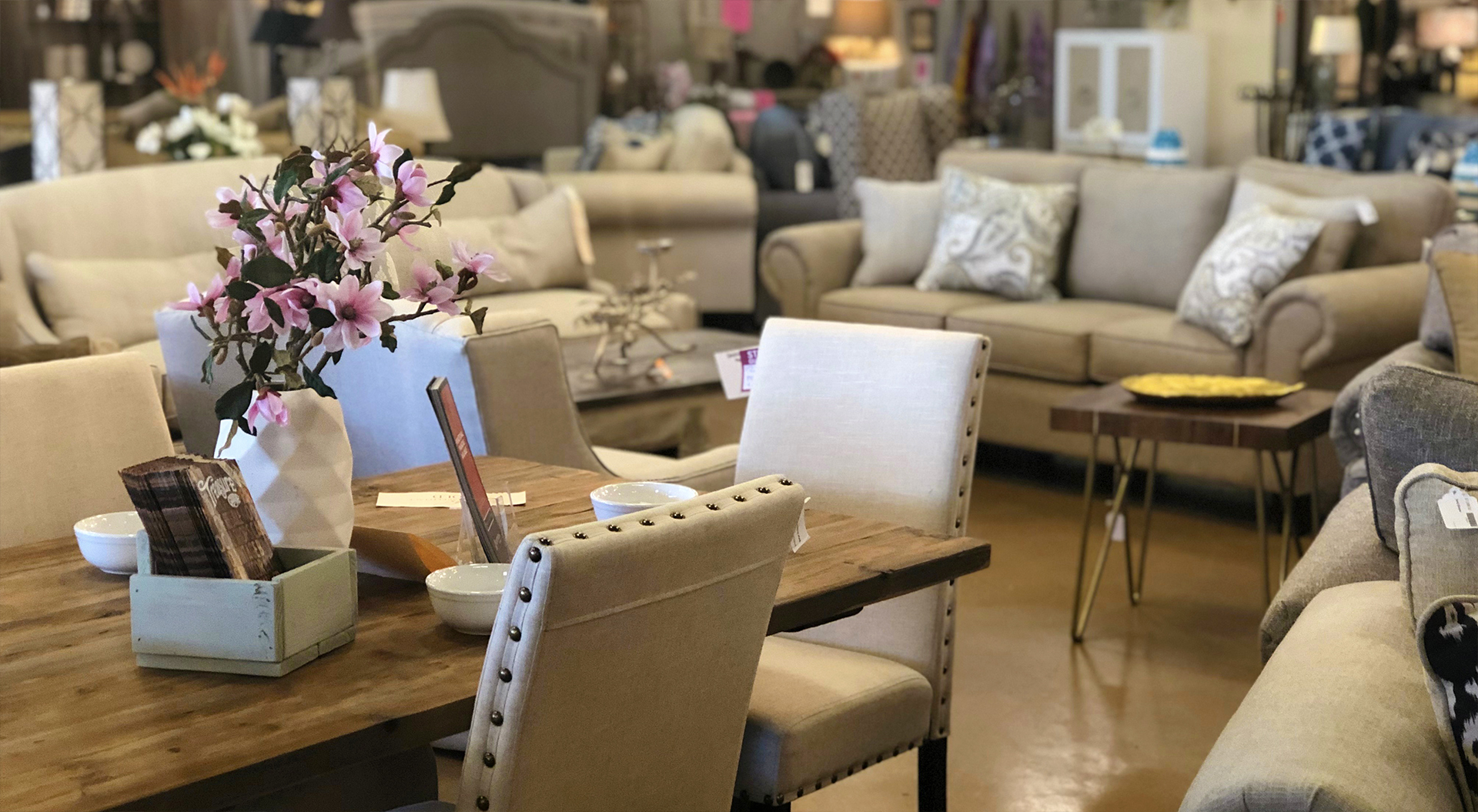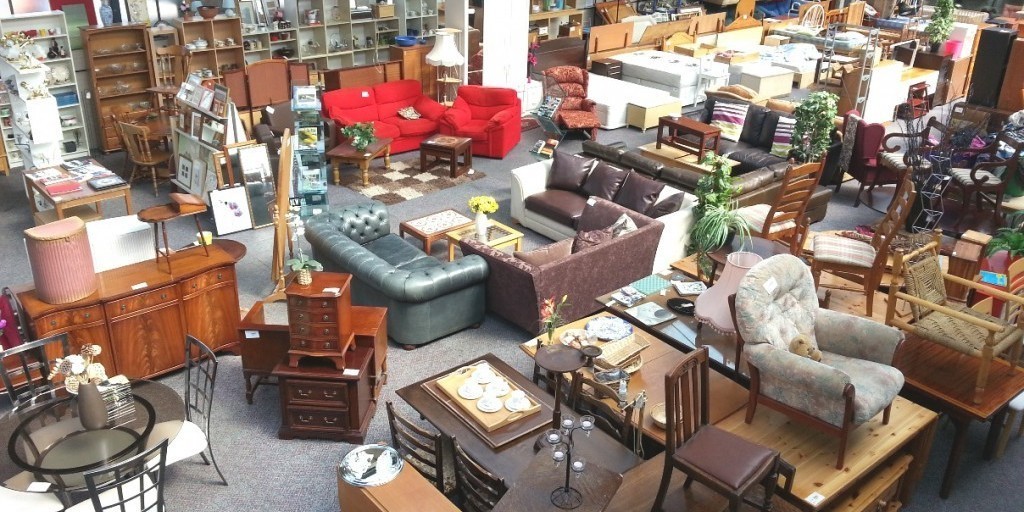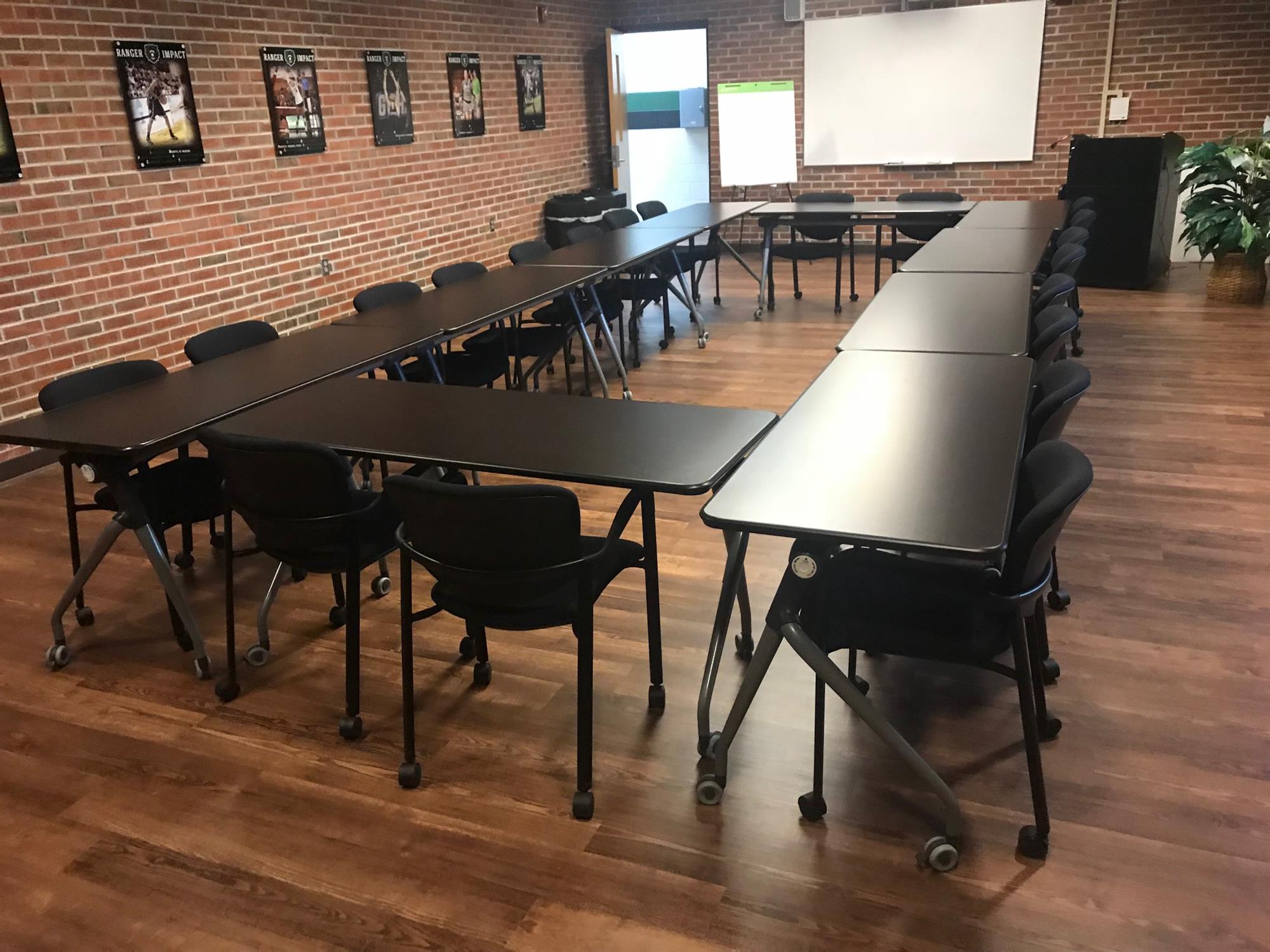Introduction
Starting a second home furniture resale business can be a lucrative venture, offering opportunities to tap into the growing market of environmentally-conscious consumers seeking quality furniture at affordable prices. Whether you’re passionate about interior design, sustainability, or entrepreneurship, this guide will provide you with the essential steps to operate a successful second home furniture resale business.
Understanding the Market
Before diving into the operational aspects of your business, it’s crucial to understand the market you’re entering. Conduct thorough research to identify your target audience, competitors, and trends in the resale furniture industry. Explore the demand for various types of furniture, such as vintage, modern, or upcycled pieces, and assess pricing strategies to remain competitive.

Establishing Your Brand
Create a unique brand identity that resonates with your target market. Develop a memorable brand name, logo, and mission statement that reflects your commitment to quality, affordability, and sustainability. Consider the aesthetic and values you want your brand to convey and integrate them into your marketing materials, website, and social media platforms.
Sourcing Inventory
One of the critical aspects of operating a second home furniture resale business is sourcing inventory. Explore various avenues for acquiring furniture, including estate sales, thrift stores, auctions, and online marketplaces. Build relationships with reliable suppliers and negotiate favorable terms to ensure a steady supply of high-quality inventory.

Quality Control and Restoration
Maintain strict quality control standards to ensure that the furniture you sell meets the expectations of your customers. Thoroughly inspect each piece for any damage, defects, or signs of wear and tear. Invest in restoration and repair services to refurbish furniture items and enhance their appeal. Whether it’s refinishing wood, reupholstering fabric, or repairing structural issues, prioritize the quality of your inventory.
Pricing Strategy
Develop a pricing strategy that balances profitability with affordability. Consider factors such as the condition, age, and rarity of each furniture piece, as well as market demand and competition. Research comparable items to determine fair market value and adjust your prices accordingly. Offer competitive pricing to attract customers while ensuring a reasonable profit margin.

Marketing and Promotion
Effective marketing and promotion are essential for attracting customers to your second home furniture resale business. Utilize a multi-channel approach, including social media, email marketing, local advertising, and partnerships with home decor influencers or interior designers. Showcase your inventory through high-quality photographs and engaging descriptions to entice potential buyers.
Creating an Online Presence
In today’s digital age, having a strong online presence is crucial for reaching a wider audience and driving sales. Invest in building a professional website that showcases your inventory, brand story, and contact information. Optimize your website for search engines to improve visibility and attract organic traffic. Utilize e-commerce platforms or integrate a shopping cart feature to facilitate online sales.

Customer Service and Satisfaction
Prioritize exceptional customer service to build trust and loyalty among your clientele. Respond promptly to inquiries, address any concerns or issues, and strive to exceed customer expectations with every interaction. Offer flexible return policies and warranties to instill confidence in the quality of your products. Encourage customer feedback and testimonials to showcase your commitment to customer satisfaction.
Logistics and Fulfillment
Efficient logistics and fulfillment are essential for delivering a seamless shopping experience to your customers. Implement robust inventory management systems to track stock levels, monitor sales trends, and streamline order fulfillment. Partner with reliable shipping carriers or consider offering local delivery options to accommodate customers’ preferences and ensure timely delivery of furniture purchases.

Legal and Regulatory Compliance
Ensure compliance with all relevant legal and regulatory requirements governing the resale furniture industry. Obtain necessary permits and licenses to operate your business legally, and familiarize yourself with consumer protection laws, tax obligations, and any industry-specific regulations. Protect your business with appropriate insurance coverage, including liability insurance and coverage for inventory damage or loss.
Scaling Your Business
As your second home furniture resale business grows, explore opportunities to scale operations and expand your reach. Consider opening additional locations, partnering with complementary businesses, or diversifying your product offerings. Invest in marketing strategies to increase brand awareness and customer acquisition, and continuously evaluate and optimize your business processes for efficiency and profitability.
Expanding Your Reach Through Networking and Partnerships
Networking and forming partnerships can significantly enhance your second home furniture resale business’s visibility and reach. Attend industry events, trade shows, and networking mixers to connect with other professionals, suppliers, and potential collaborators. Collaborate with interior designers, home stagers, real estate agents, and home decor influencers to showcase your inventory to their clients or followers. By leveraging synergistic relationships, you can tap into new markets and attract customers who align with your brand values.
Embracing Sustainable Practices
Incorporating sustainable practices into your business operations not only appeals to eco-conscious consumers but also reduces environmental impact and enhances your brand reputation. Consider offering upcycled or repurposed furniture pieces, using eco-friendly packaging materials, and implementing energy-efficient practices in your facilities. Educate your customers about the environmental benefits of purchasing second-hand furniture and highlight how your business contributes to a circular economy.
Investing in Continuous Learning and Improvement
The resale furniture industry is dynamic and constantly evolving, requiring you to stay informed about emerging trends, technologies, and consumer preferences. Invest in continuous learning and professional development to refine your skills, expand your knowledge, and stay ahead of the competition. Attend workshops, webinars, and industry conferences to gain insights into best practices, market trends, and innovative strategies for growing your business. By embracing a mindset of lifelong learning and adaptation, you can position your business for long-term success and sustainability.
Conclusion
Operating a second home furniture resale business requires careful planning, strategic decision-making, and a commitment to quality and customer satisfaction. By understanding the market, establishing a strong brand, sourcing quality inventory, and implementing effective marketing strategies, you can build a successful and sustainable business in the resale furniture industry. With dedication and perseverance, you can turn your passion for furniture into a thriving entrepreneurial venture.









